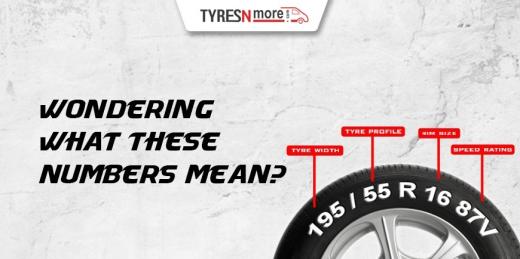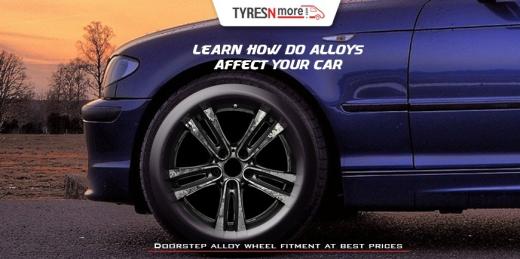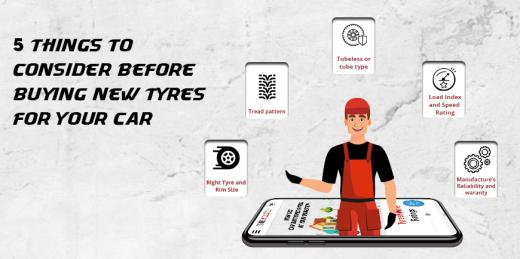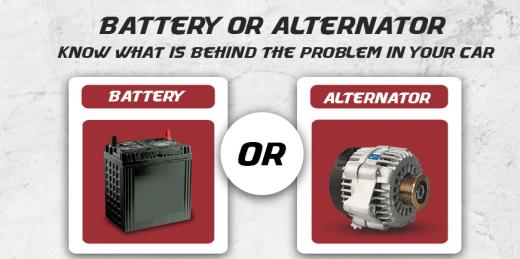
How Long does a tyre last?
All the tyres wear out or become damaged and will eventually need replacing.The best time to change your car tyres is when the tread rubber (the portion of the tyre which is contact with the road) reaches 1.6 mm or the Tread Wear Indicator. The other indicator is when your tyres start showing weather cracks, or in other words the sidewall becomes hard and looses its elasticity. This happens when the tyre is fitted on the wheel and exposed to elements and not used for a long time. However when a tyre is stored in a cool dry place without draughts the life is about 5 years.The Longevity is usually for cars, 40–50,000 KM's. or 5 years, whichever is earlier.
Various factors that affect your tyres-
- Frequent punctures
- Vibrations on the steering wheel
- Unveven Wear Patterns
- Driving Habit
- Damaged Valve Caps
- Tread Pattern Heavily Worn Out
- Any Blow Outs on Tyre
- Bad Roads
Replacing your tyre-
Before you replace your tyres, always consult the vehicle owner's manual and follow the vehicle manufacturer's replacement tyre recommendations. Vehicle handling may be significantly affected by a change in tyre size or type.When replacing tyres, it is recommended that you replace all four of them and keep the best one from the old set as spare.For optimum handling and control we recommend they are all the same type and size, unless otherwise specified by the vehicle manufacturer.Also, make sure you are using the right set of tyres on the right terrain. Filling up tyres with nitrogen instead of regular air also improves ride quality and reduces tyre wear.Any visible perforation, cut or deformation must be checked thoroughly by a tyre professional.Only a tyre professional can tell you if your tyre can be repaired or has to be changed.
Wheel Alignment and Wheel Balancing is Highly Recommended-
Balancing can be done on a special machine which measures the weight being exerted at all points in the wheel’s rotation cycle. When they need to balance a wheel, a mechanic or technician will place small offsetting weights at a series of specific points around the outside of a wheel.These weights will help identify any point around the wheel’s circumference where excessive weight is being exerted.
Wheel Alignment also called as tracking is part of standard maintenance that consists of adjusting the angles of wheels to the car manufacturer specifications. The purpose of these adjustments is to reduce tyre wear, and to ensure that vehicle travel is straight and true (without "pulling" to one side). Alignment angles can also be altered beyond the maker's specifications to obtain a specific handling characteristic. Motorsport and off-road applications may call for angles to be adjusted well beyond "normal", for a variety of reasons.
Need help with Replacing or Checking your tyres?
Call us now at 92.1275.1275 or Visit Tyresnmore.com for Expert advice.













